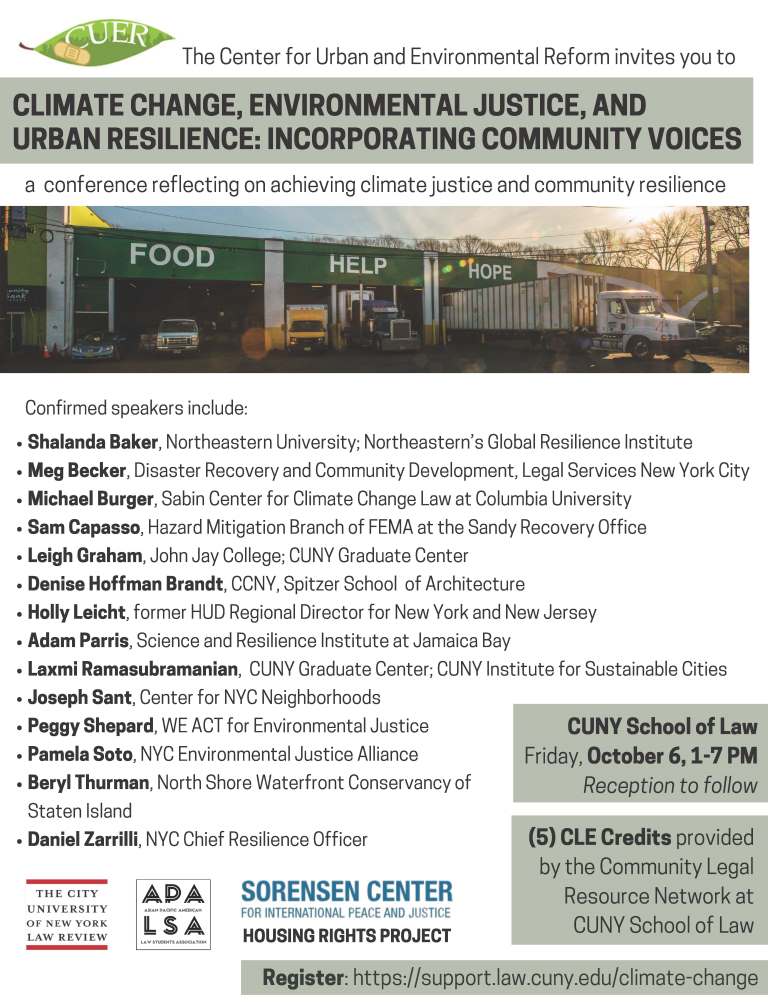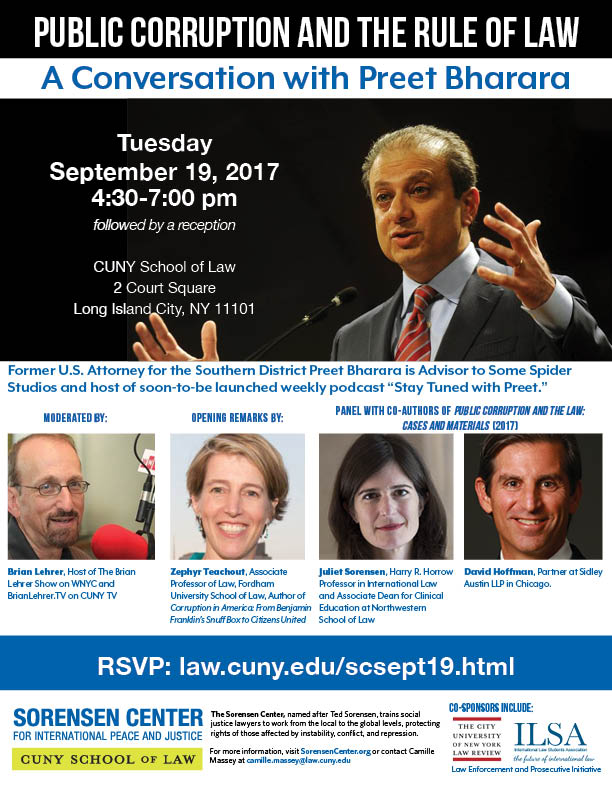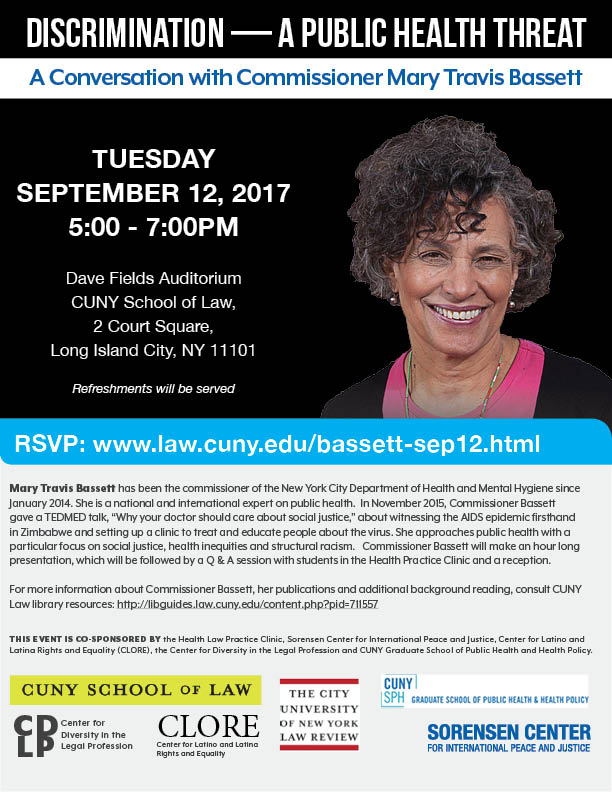We are excited to publish Volume 22.2. See below for specific articles or explore the complete digital version here.
Articles
Stewarding the City as Commons: Parks Conservancies and Community Land Trusts by John Krinsky, Professor of Political Science at the City College of New York and the City University of New York (CUNY) Graduate Center, and Paula Z. Segal, Senior Staff Attorney in the Equitable Neighborhoods unit at TakeRoot Justice.
Notes
Still Separate, Still Unequal: Litigation as a Tool to Address New York City’s Segregated Public Schools by Andrea Alajbegović, Law Graduate at Legal Services NYC and CUNY School of Law Class of 2019.
Public Interest Practitioner Section
Limited Access Letters: How New York City Schools Illegally Ban “Unruly” Parents of Color and Parents of Students with Disabilities by Andrew Gerst, Staff Attorney/Sinsheimer Fellow, Mobilization for Justice, Warren J. Sinsheimer Children’s Rights Program.
Accidents Happen: Exposing Fallacies in Child Protection Abuse Cases and Reuniting Families Through Aggressive Litigation by Jessica Horan-Block, Supervising Attorney and Serious Abuse Case Coordinator at The Bronx Defenders Family Defense Practice, and Elizabeth Tuttle Newman, Staff Attorney at The Bronx Defenders Family Defense Practice.



